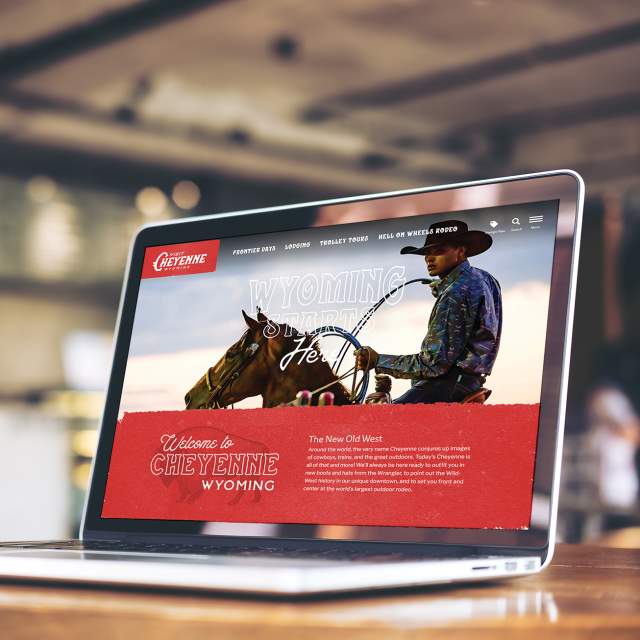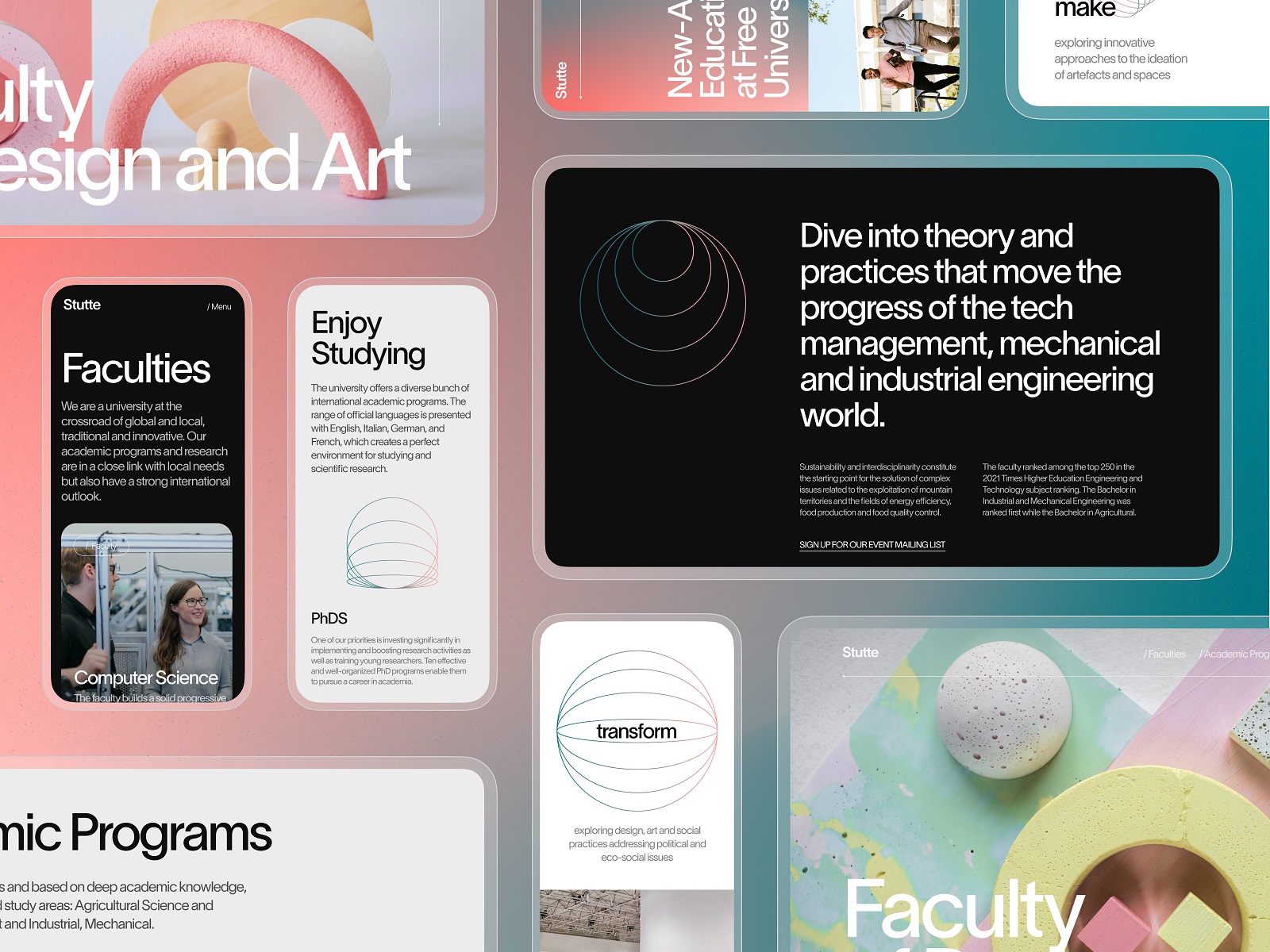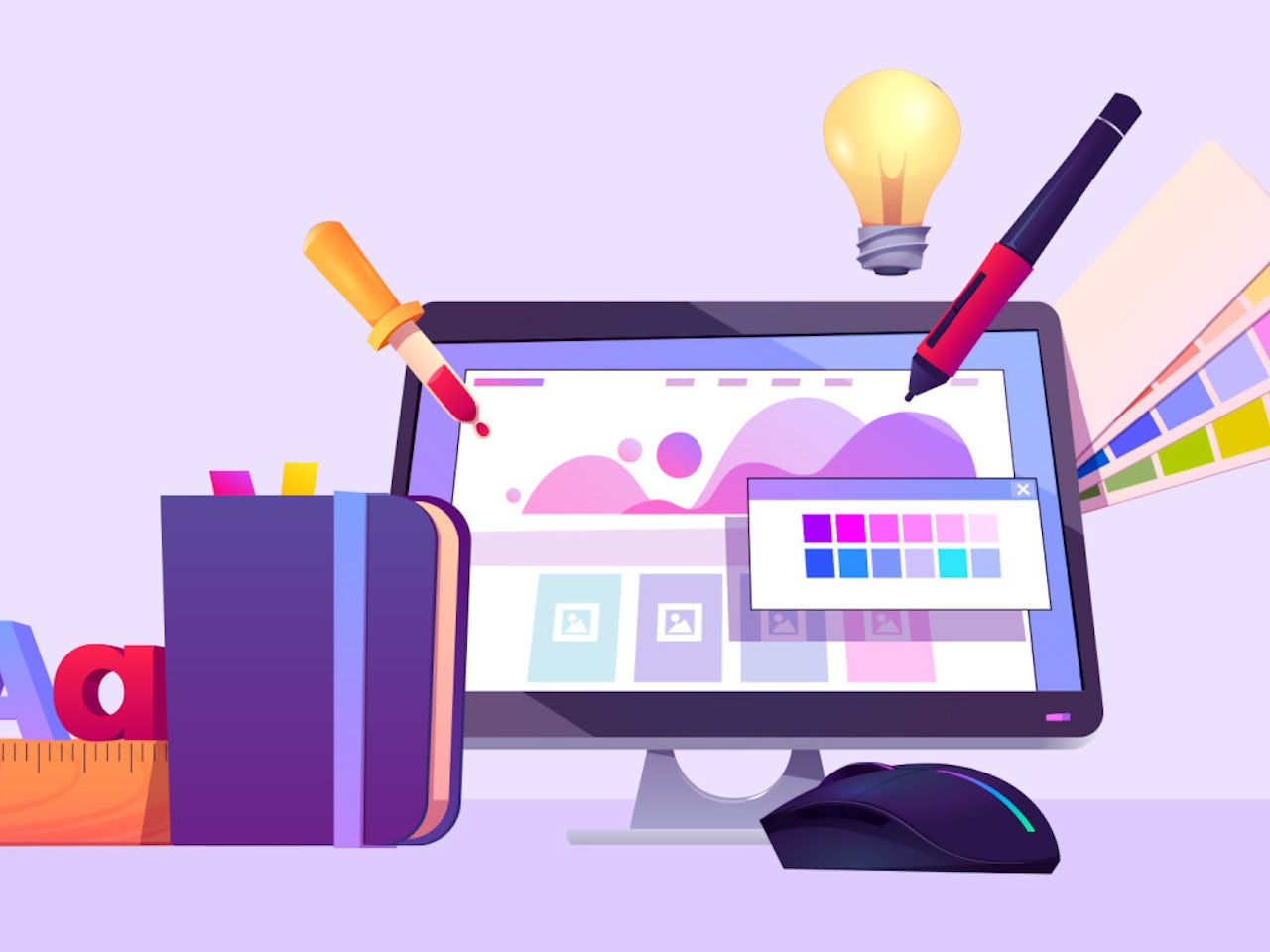Why Professional Website Design is a Key Factor in Your Marketing Strategy
Boost Involvement With Innovative Web Site Layout Solutions
In the realm of digital communication, the value of innovative internet site style options can not be overstated. An attentively crafted user experience, underpinned by strategic aesthetic design and interactive aspects, can substantially boost user interaction. By checking out various techniques such as receptive layout and individualized material, companies can develop a system that not just captivates customers but additionally cultivates long-term commitment. The difficulty exists in recognizing the subtleties of customer behavior and choices. This increases a vital inquiry: what details methods can be implemented to ensure that an internet site continues to be user-centric and compelling?

Recognizing Individual Experience
Recognizing user experience (UX) is critical for creating effective website style options, as it straight affects how users connect with electronic platforms. An extensive UX technique includes numerous aspects, consisting of functionality, availability, and individual fulfillment, all of which add to the general effectiveness of a web site.
To start with, usability concentrates on exactly how conveniently individuals can navigate and find the details they look for - website design. A well-structured format, instinctive navigating, and clear phone calls to action are basic parts that boost use. Ease of access guarantees that all individuals, including those with handicaps, can successfully communicate with the web site. This involves making material that is compliant with accessibility requirements and can be quickly accessed making use of assistive innovations.
Moreover, comprehending user characters is important for tailoring the experience to fulfill particular audience demands. By carrying out customer research study and screening, designers can gather insights that notify design choices, guaranteeing the site not only satisfies aesthetic goals yet additionally meets functional needs. Ultimately, a thoughtful method to UX style fosters involvement, motivates retention, and improves overall user satisfaction, which are vital for the success of any type of electronic platform.
Visual Design Strategies
Including efficient aesthetic design strategies is important for capturing individual focus and enhancing the general user experience on an internet site. A well-thought-out aesthetic pecking order overviews individuals through the material, enabling them to conveniently navigate and soak up info. This can be attained with the calculated use typography, color pattern, and spacing, which collectively create a natural and engaging format.
Color plays a crucial duty in evoking feelings and developing brand identity. Using a balanced color palette that lines up with the brand's ethos can foster experience and count on. Furthermore, including top notch pictures and graphics improves aesthetic charm and can substantially boost customer engagement.
Whitespace, frequently neglected, is just as important as it allows content to breathe and stops frustrating users with mess. It promotes simpler reading and understanding, bring about a more delightful surfing experience.
Finally, consistency in style components-- such as button font styles, designs, and icons-- ensures a seamless user trip, reinforcing the brand name's professionalism and trust. By tactically implementing these aesthetic layout techniques, internet sites can not only draw in visitors yet likewise urge them to remain longer and engage more deeply with the material.
Interactive Aspects for Engagement
Engaging customers successfully usually hinges on the application of interactive aspects that welcome participation and promote a vibrant searching experience. These aspects, including tests, polls, and interactive infographics, motivate individuals to proactively take part as opposed to passively take in material. By integrating such attributes, sites can not just record attention but additionally improve individual retention.

Gamification is another effective strategy. Including game-like aspects, such as accomplishments or incentives for finishing tasks, can transform mundane interactions into satisfying experiences. This strategy not only enhances involvement however likewise encourages users to return, developing a loyal audience.
Additionally, interactive elements can assist in social sharing, intensifying a site's reach. Features like remark areas, share buttons, and user-generated content areas foster neighborhood interaction, transforming site visitors right into active participants. website design. Ultimately, the calculated usage of interactive elements is necessary for developing a compelling and appealing internet site that resonates with individuals
Receptive and Flexible Design
A properly designed internet site should focus on flexible and receptive style to make sure optimal user experiences throughout a range of tools and screen dimensions. Receptive style employs liquid grids and adaptable images, permitting the format to instantly readjust based on the audience's display size. This method guarantees that individuals can conveniently navigate and engage with the content, no matter whether they are making use of a tablet computer, desktop, or smart device .
In contrast, adaptive design utilizes predefined designs that are tailored to details tool classifications. This means that the web site identifies the kind of gadget being made use of and offers the appropriate format, which can boost loading times and enhance the display screen of important components. While both methods intend to boost usability, receptive design is usually favored read what he said for its fluidity and smooth change in between tools.
Integrating flexible and receptive design not only improves individual fulfillment however likewise positively influences search engine rankings. Online search engine focus on mobile-friendly sites, thus boosting visibility and attracting even more visitors. Investing in these style strategies is critical for companies looking to involve their audience effectively and maintain a competitive edge in today's digital landscape. website design.
Analyzing Individual Feedback and Information
Individual feedback and information analysis are vital parts of effective web site style, as they offer valuable understandings into customer habits and preferences. By methodically collecting and examining user responses via surveys, usability testing, and analytics tools, designers can determine discomfort factors and locations for improvement. This data-driven strategy enables businesses to tweak their web site elements, guaranteeing that the user experience lines up with audience assumptions.
Analyzing metrics such as bounce rates, time on web page, and click-through prices offers a quantitative perspective on user involvement. These metrics aid developers discern which content reverberates and which areas might need optimization. A/B testing can be used to review variants in design, allowing developers to make enlightened choices based on user interactions.
Integrating user feedback not just improves site functionality yet also promotes a feeling of neighborhood and trust fund. Involving with customers with responses loopholes grows loyalty and urges repeat gos to. Eventually, leveraging user responses and data analysis is important to developing a dynamic, user-centered website that adjusts to developing user requirements and preferences, therefore driving higher engagement and satisfaction.
Verdict

A thoughtfully crafted individual experience, underpinned by calculated visual style and interactive aspects, can substantially enhance customer interaction.Including efficient visual style strategies is important for capturing customer More Info focus and improving the total user experience on a web site.Customer feedback and data evaluation are necessary parts of reliable website layout, as they give useful understandings into user behavior and choices. Ultimately, leveraging user feedback and data evaluation is indispensable to developing a vibrant, user-centered website that adapts to progressing user demands and choices, thus driving greater interaction and fulfillment.
In final thought, innovative web site layout solutions considerably enhance user involvement by focusing on individual experience, using reliable aesthetic approaches, and incorporating interactive elements.